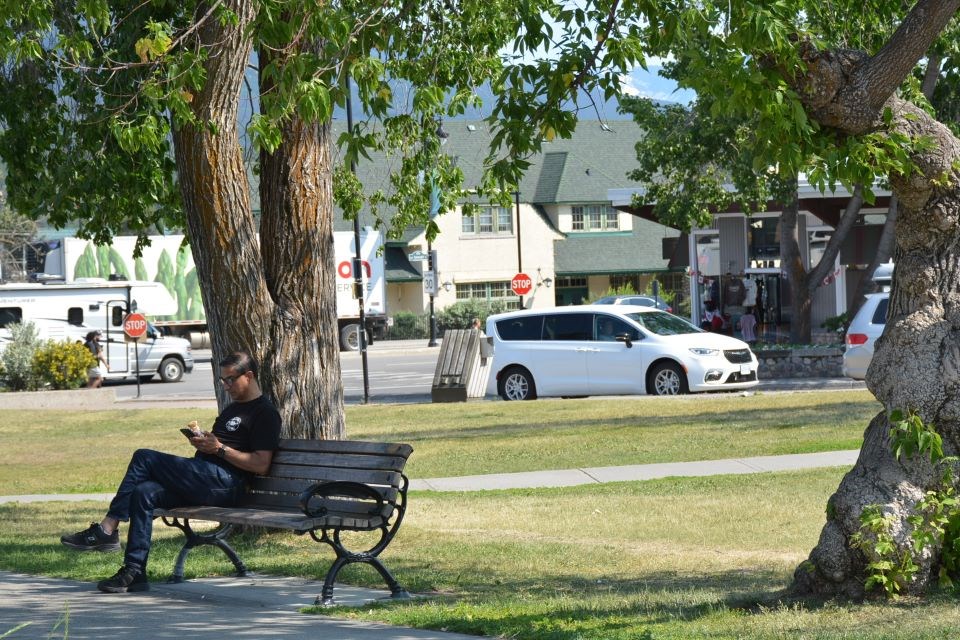A heatwave gripped Jasper and most of Western Canada for the first half of this week.
Temperatures locally were expected to reach 36 C for Tuesday and 34 C for Wednesday with nighttime lows only dipping to 11 C those nights.
Temperatures were expected to remain 30 C and higher until Friday before coming down to the mid-20s.
On Monday, Environment and Climate Change Canada (ECCC) meteorologists offered insight into the source of the event and explained how it could affect many people’s health.
“A ridge of high pressure located over western North America is setting up a prolonged heat event in Western Canada,” said Jennifer Smith, ECCC national warning preparedness meteorologist.
“While the centre of the heat is located further south over northern California, it is expanding north and east this week.”
High pressure causes air to sink and dry out, reducing cloud cover and leading to hot temperatures, she added
The ECCC has been monitoring this high-pressure system as it develops, leading weather offices across Western Canada to issue heat warnings for parts of British Columbia, Northwest Territories, Alberta and Saskatchewan.
While the forecast varies by region, especially due to the diverse geography in the west, daytime highs are forecast to be 30 to 35 C, with some locations exceeding 35 C in parts of Alberta and Saskatchewan and southern interior BC, the latter of which has forecasted temperatures in the low 40s.
Nighttime temperatures are expected to be in the mid to high teens for the period, limiting overnight cooling.
“This is especially true east of the Rockies later in the week, with the expected humid conditions making for muggy nights and overnight lows closer to 20 degrees Celsius,” Smith said.
“This will exacerbate health risks, since it will deprive people without access to cooling of the chance for temporary relief.”
This is the first widespread heat event of the year for western Canada. Smith advised that this is not the same kind of heat event that was experienced in 2021, where heat warning thresholds were met and then far surpassed.
ECCC collaborated with Health Canada to contain public health messaging related to the heatwave.
People might choose to seek relatively cooler temperatures near waterbodies and at higher elevations in the mountains as options to escape the heat.
If relocating to cooler locations such as those is not possible then the public library or other public facilities are options as well.
Drinking lots of water is also important, as is staying informed about the weather and further potential warnings. The ECCC has an app called WeatherCAN and is also on the internet and various social media sources for other public notices. Hello Weather can be accessed by calling 1-833-794-3556.
Smith also said that hot and dry conditions such as what we are experiencing this week heighten the risk of wildfires. On Monday, Jasper National Park was at a “very high” fire danger.
She also encouraged people to check on and help friends and loved ones who are vulnerable to the heat. It is important to know the signs of heat stroke, which is a medical emergency. These include hot, red, dry or damp skin, a fast and strong pulse, headache, nausea, dizziness, confusion and loss of consciousness.




